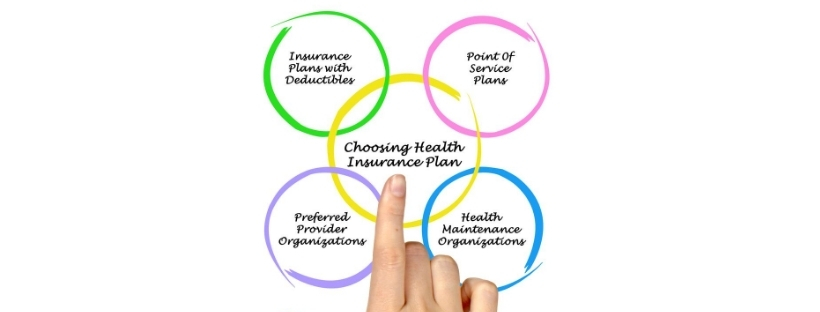
Fortunately, modern technology can help service providers address customer needs even more efficiently. It can enable a brand to become a good listener, be aware of all customer needs, meet them on the right platforms, and deliver the best solutions timely. Keep on reading to learn more about technologies, tools, and actionable practices that will help your brand achieve a higher level of customer satisfaction.
How Can Technology Impact Customer Satisfaction?
Customer satisfaction measures how delighted customers are with a product or service. Believe us or not, technology plays an important part in this. The right tools can empower companies to make the customer experience smoother and more exciting. With technology on the rise, long waiting times and slow responses are no longer acceptable and may negatively influence sales. Thus, companies have to keep abreast of the latest tech trends and tools and integrate them into business processes proactively to achieve the highest level of customer satisfaction.
Utilizing software and communication tools, companies can not only address urgent customer needs but also show that people can rely on them. Technology can help brands earn customer trust and loyalty through delivering a service at the next level of immediacy and personalization. Are you curious how? Here we share seven steps to increase customer satisfaction by leveraging technology.
7 Steps to Improve Customer Satisfaction Using Technology
1. Integrate a live chat
Whether you need to get an answer to a single question or comprehensive advice on product use, emailing your request to the company or waiting on the phone call can be exhausting and time-wasting. A live chat technology can help you provide the level of immediacy close to a consultant assisting the customer at a physical store.
This recommendation refers not only to websites but also to companies that have their own applications. Today, an increasing number of SMBs and larger organizations develop mobile apps to address customer needs on mobile as well. Integrating one of the popular chat APIs into a mobile application enables live chat features and lets you deliver customer care.
2. Try cobrowsing
Cobrowsing is an extremely helpful practice in customer service. It can create the ‘aha’ effect when providing support to the customer. Most online communication tools allow sharing a screen with your interlocutor during a call, which is called cobrowsing. This approach helps improve communication and resolve customer issues faster.
3. Provide a mobile experience
The mobile experience has gained paramount importance in the modern world. It has become crucial for all businesses to provide mobile access for customers to simplify their life. Mobile apps not only provide an opportunity to deliver important information to the user but also allow people to interact with your product based on their needs. An excellent example of a business app that helps increase customer satisfaction and engagement rate is the IKEA application with an AR feature.
4. Launch a chatbot
Chatbots have become popular for a good reason. This technology opens multiple opportunities for businesses across different verticals and industries. It enables a company to provide real-time 24/7 customer support even when your teammates are out of work. Modern chatbots can be fun, informative, and help you capture leads. They offer consistent customer support by suggesting help articles, enhancing site navigation, increasing sales, and much more.
5. Leverage analytics tools
To provide high-quality customer service, you must know who your customer is, first of all. Analytics tools like Hotjar, Google Analytics, HubSpot, and Hootsuite can provide valuable insights into your customer needs and behavior. By monitoring customer behavior data you can increase personalization. Research which customer groups are the most interested in a product and take this insight into account when launching advertising or sending marketing emails to different customer segments.
6. Use social media listening tools
Social media is a great environment for interaction with customers and providing round-the-clock support. Through sharing engaging content, brands can connect with customers without being too pushy. Social media also provides a wealth of information about customer needs, pain points, interests, and trends. Social media listening tools enable you to monitor brand reputation, respond to customer comments in a timely manner, and deliver even greater support to people.
7. Rethink your website navigation
A website is likely the first place the customer goes before making a purchase. Businesses should care to make it inclusive, easy to navigate, visually appealing, and provide all the necessary information about the product and the company itself. Follow proven web design practices to create convenient navigation. Additionally, you may use web visitor behavior analytics tools to monitor how users navigate through your website and consume content there.
Conclusion
Customer satisfaction is a critical detector of a company’s success as it directly affects a brand’s reputation, sales, and revenue. In the digital transformation era, businesses can benefit a lot from using technology. The right tools used in the right place can become a booster of business performance and smooth out the edges of customer experience. We hope that this brief guide on using tech to improve customer satisfaction will provide all the necessary information to help your business grow and build trust-based relationships with customers.
FAQs
-
How can technology impact customer satisfaction?
Technology can empower companies to improve the customer experience, make it smoother, and provide more personalized solutions, ultimately boosting satisfaction levels. -
What are some examples of technology tools that can enhance customer satisfaction?
Some examples include live chat integration, cobrowsing, mobile applications, chatbots, analytics tools, social media listening tools, and improved website navigation. -
Why is customer satisfaction important for businesses?
Customer satisfaction is crucial for a company’s success as it affects reputation, sales, and revenue. Satisfied customers are more likely to become repeat customers, fostering long-term relationships with the brand.

